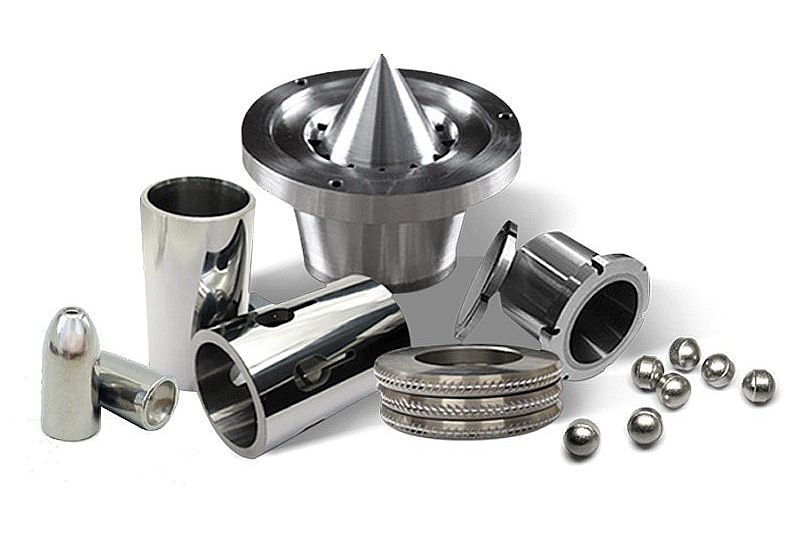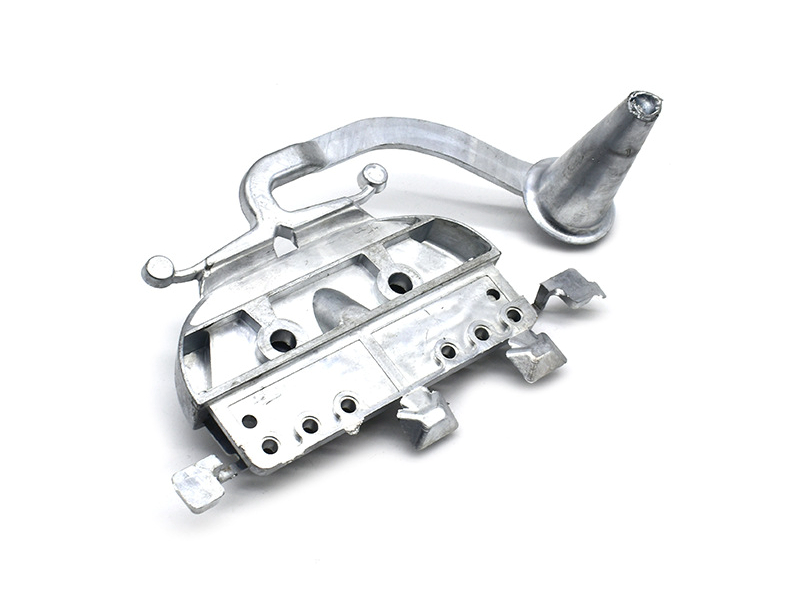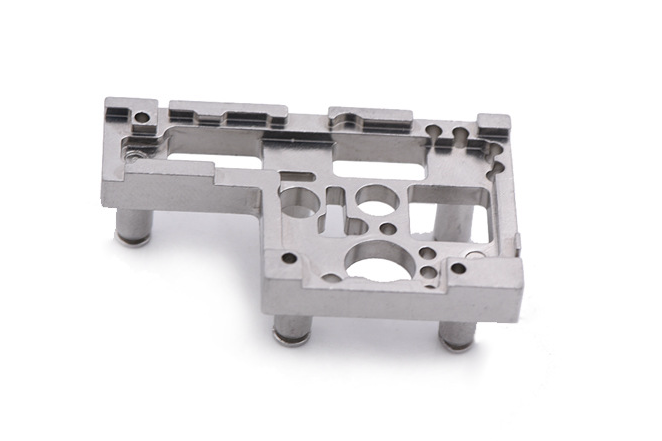How does Neway ensure quality consistency in mass-produced precision components?
To maintain quality consistency in mass-produced precision components, Neway integrates simulation-driven design, tooling accuracy, statistical process control, and stringent inspection standards across all manufacturing stages. Whether producing gears, shafts, housings, or locking mechanisms for power tools, locking systems, or e-mobility applications, performance reliability is secured through a structured engineering-to-production workflow that prioritizes repeatability and traceability.
Design Validation and Prototype Proofing
Before mass production, every component is analyzed using CAE simulations to evaluate stress distribution, contact patterns, vibration response, and wear zones. Prototypes are then manufactured using CNC machining prototyping, 3D printing prototyping, or rapid molding prototyping to validate geometry, tolerances, and functionality. This pre-tooling validation eliminates design risks and ensures that mass production will deliver components identical to the validated prototypes.
Controlled Manufacturing Processes
Once the design is confirmed, manufacturing transitions to scalable processes. Components produced via metal injection molding, precision casting, or aluminum die casting are controlled through temperature, flow rate, and sintering profiles to keep density and geometry within target tolerances. Plastic components produced through injection molding adhere to resin traceability and tool maintenance procedures to minimize variation. Each batch is monitored using statistical process control (SPC) to ensure stability of quality across large volumes.
Post-Processing and Surface Finishing
To ensure consistent functional performance, secondary processes must be equally controlled. Heat-treated components follow defined heat treatment cycles to ensure uniform hardness and microstructure. Surface finishing techniques, such as tumbling, electropolishing, or powder coating, standardize roughness levels and minimize stress raisers. This final conditioning ensures that each component, even when mass-produced, demonstrates the same wear resistance and assembly behavior as the validated prototype.
Inspection Protocols and Traceability
Dimensional control is upheld using automated measuring systems and functional gauges. Key dimensions tied to performance are continuously tracked using inline vision systems or sampling strategies built around SPC principles. Every batch is documented in a traceable inspection record, which includes material certificates and heat treatment data. This enables Neway to ensure product consistency across thousands of components and rapidly identify and address issues if deviations occur.
Continuous Quality Feedback Loop
To sustain long-term reliability, Neway maintains a feedback mechanism between production, engineering, and quality inspection teams. Any deviations trigger a root-cause analysis, which may involve tooling adjustments, process tuning, or material reviews. This approach ensures that mass production never drifts from validated design intent and that improvements can be implemented quickly without halting production.



